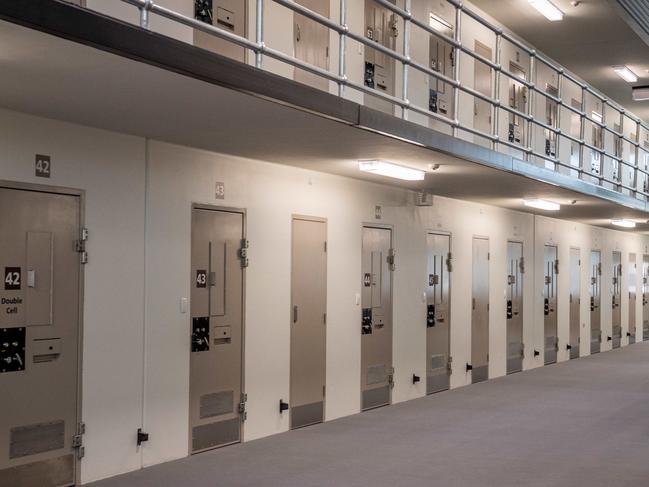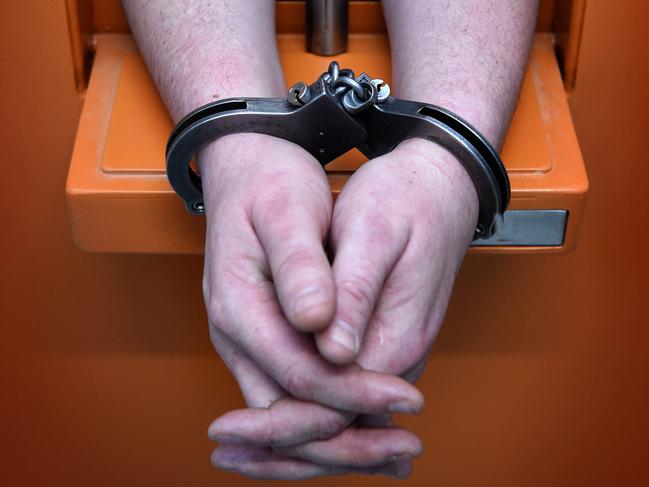Nicotine patches banned in Victorian jails
Misuse of nicotine patches has sparked fears for inmates’ health and prompted the state government to ban them from jails.

Victoria
Don't miss out on the headlines from Victoria. Followed categories will be added to My News.
Nicotine patches will be banned from Victoria’s jails because of concerns about the impact on prisoner health and abuse of the products.
Widespread nicotine replacement therapy was introduced almost nine years ago after smoking was prohibited in prisons.
But misuse and stockpiling by some in the system has been a persistent issue in that time.
One former prisoner told the Herald Sun the ban – announced to staff on Monday – was a good move.

He said new detainees were frequently stood over to request nicotine patches from staff then hand them over to influential inmates.
The ex-prisoner said the stash would be boiled to extract nicotine then smoked.
“They use it to make tea-bacco – it’s absolutely putrid,” he said.
It is believed the provision of nicotine lozenges is being reviewed.

A state government spokeswoman said access to health services, including the Quitline, would be provided to help nicotine-dependent prisoners with the change.
“The current nicotine replacement products in custody settings are contributing to growing health and wellbeing concerns due to misuse,” she said.
“The health and safety of our correctional staff and people in custody is our top priority. This is why Corrections Victoria has decided to transition to more appropriate health provisions over the coming weeks to manage nicotine dependency in all Victorian prisons.”
Nicotine patches are not available to prisoners in the NSW, Northern Territory or Queensland jurisdictions.
Authorities are believed to be confident there will be no repeat of the mayhem that followed a 2015 ban on smoking in the state’s prisons.
That decision ignited a massive riot at the Metropolitan Remand Centre at Ravenhall, in Melbourne’s western suburbs, which ultimately cost tens of millions of dollars.
At the height of the uprising, fires were lit and staff assaulted while prisoners rampaged through offices.




